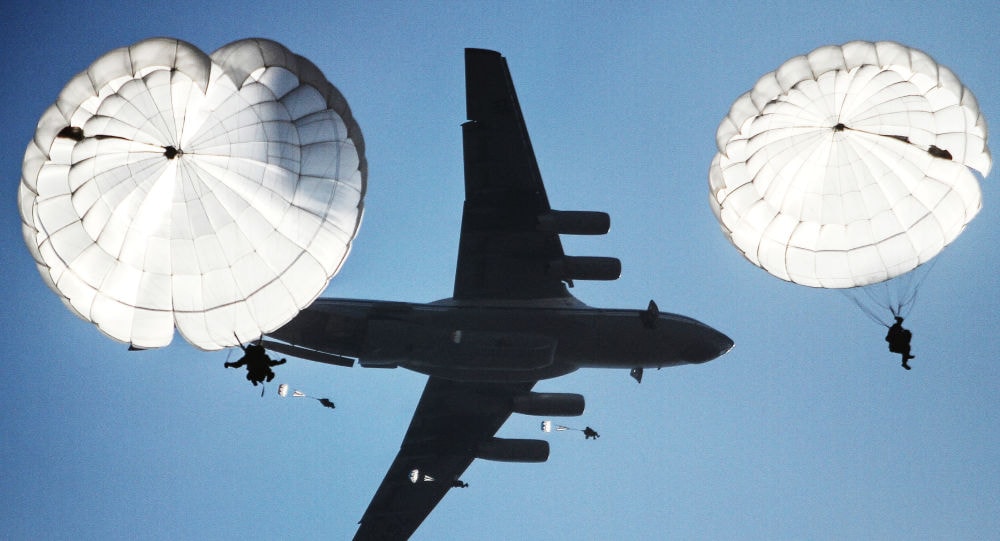There will be an autonomous air defense system specifically for Russian paratroopers.
Paratroopers are special forces. As a rule, they do not engage in "face-to-face" encounters with the enemy.
 |
| Russian paratroopers |
Paratroopers must carry out the task of neutralizing enemy command centers, communication systems, destroying weapons and ammunition, as well as reserve depots, attracting enemy forward forces to their side, creating conditions for the main forces to switch to the attack. However, paratroopers face many dangers when carrying out their tasks. Immediately after landing, they are vulnerable to attacks from the air. Therefore, there must be a dedicated air defense system for paratroopers with high mobility.
In 2014, Russian paratroopers were equipped with the new generation of mobile air defense missile systems (MANPADS) "Verba" with automatic control, capable of destroying air targets at a range of more than 6,000 meters and at an altitude of more than 4,000 meters. But MANPADS alone are not enough, and therefore from 2022 they will be equipped with short-range self-propelled air defense missiles "Ptishelov"."Our potential opponents rely on fire from the air," said Russian military expert Alexei Leonkov. They thoroughly "clear" the ground from the air, and then the soldiers move in. It is clear that immediately after landing and capturing the bridgehead, the paratroopers will be under constant attack from aircraft, UAVs and attack helicopters. VDV is equipped with mobile air defense missile systems (MANPADS). However, in the enemy's rear, MANPADS cannot observe the sky day and night. VDV also has a self-propelled "Strela-10" air defense vehicle, but it cannot be dropped from the air. The situation will completely change thanks to "Ptishelov".
The new self-propelled air defense missile system was developed on the chassis of the BMD-4 combat vehicle, which is already equipped for paratroopers. According to experts, the combat module installed on"Ptitselov"will be anti-aircraft missiles"Sosna", most suitable so that the total vehicle weight does not exceed the parachute drop capacity (not exceeding 18 tons).
For the first time, the mobile air defense system "Sosna" (basic version), developed by the Nudelman Precision Machine Design Bureau in Moscow, was presented to the public in 2013. It is capable of hitting air targets (aircraft, cruise missiles and UAVs) at altitudes from 0.2 to 5,000 meters, at a distance of 10,000 meters, even while maneuvering. The number of weapons - 12 anti-aircraft missiles. Control method - combined. The radio control system (vulnerable to enemy electronic warfare) - is used for a very short time at the beginning of the missile launch. Then the anti-jamming laser guidance system is automatically turned on, ensuring that the target cannot avoid the missile.
The Ptishelov system ("Sosna" on the BMD-4 chassis) with a crew of three is 12 times more effective than MANPADS (two operators). Moreover, the "airborne" version can automatically find and track the target immediately after pressing the button. In combat conditions, especially behind enemy lines, every second should be saved.
"The new system will completely change the operation of MANPADS in VDV - according to expert Alex Leonkov - But not to replace. In my opinion "Ptishelov" and "Verba" will work together. MANPADS will protect "Ptishelov" while reloading, the moment when it is most vulnerable".

